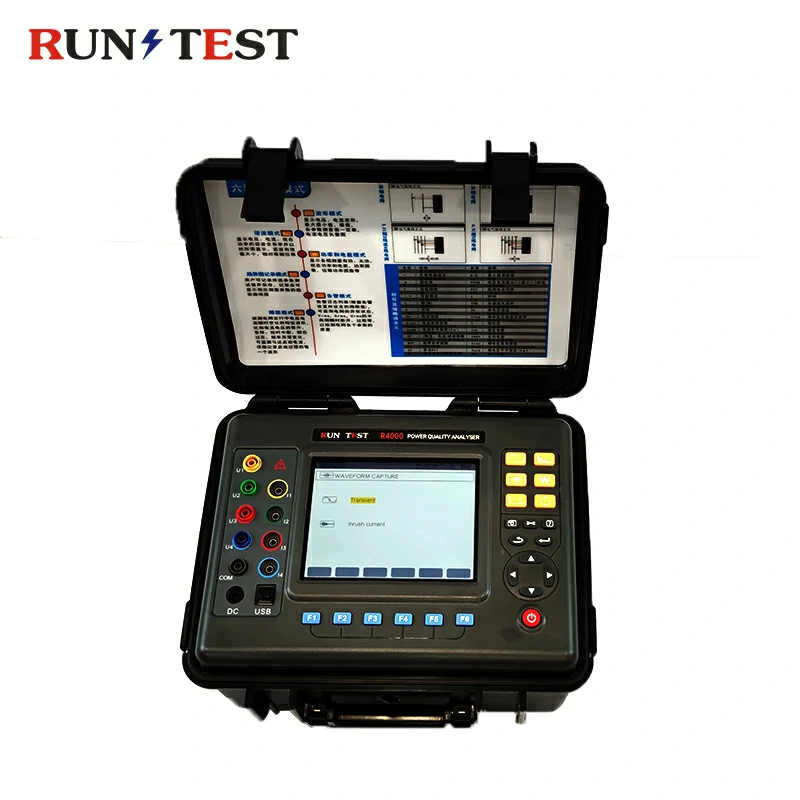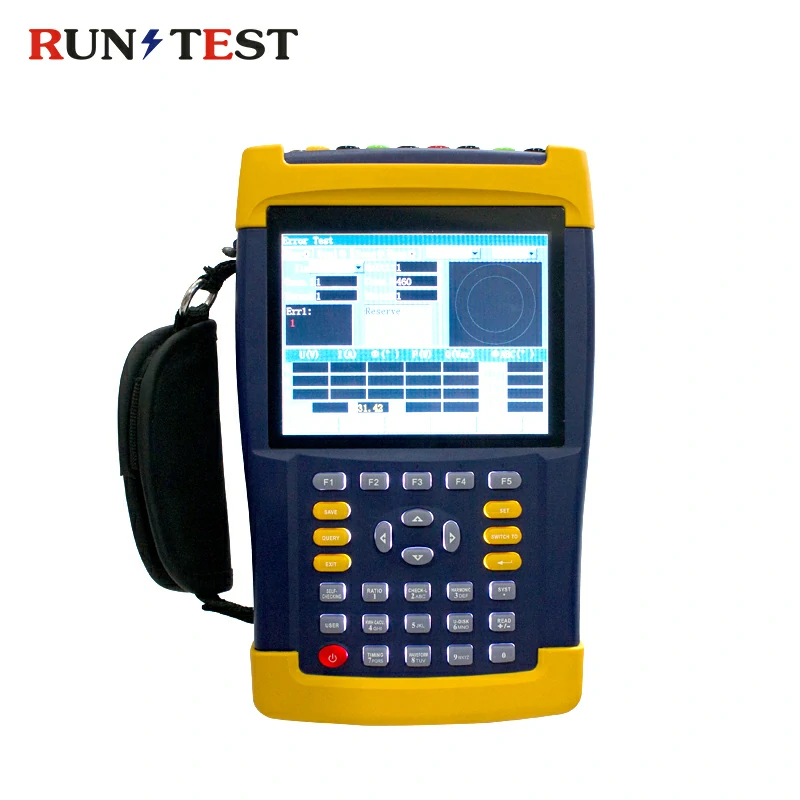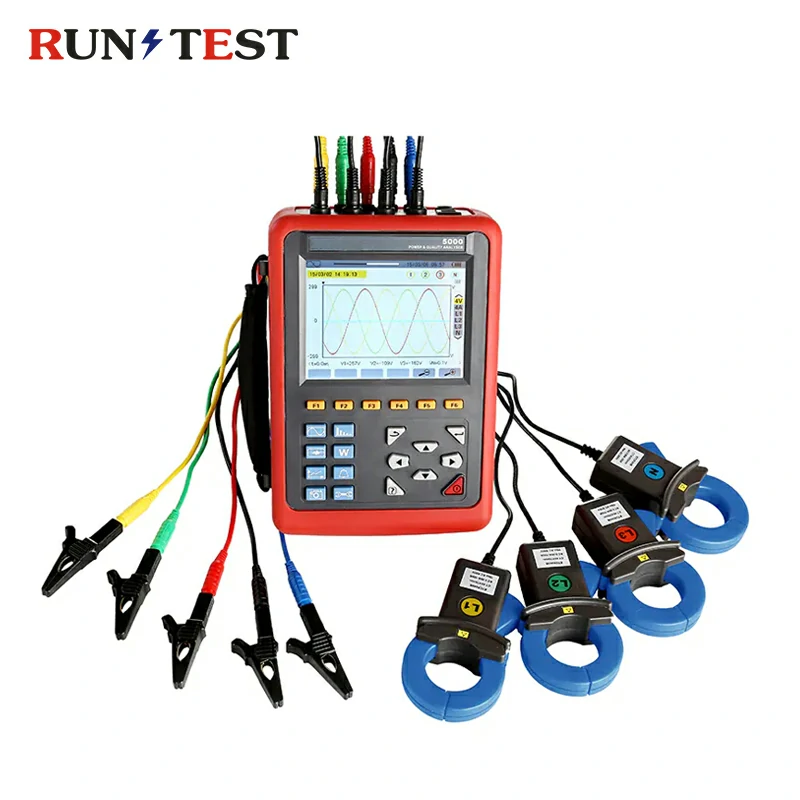A power quality analyzer (PQA) is a sophisticated instrument designed to measure and analyze the quality of electrical power in an electrical system. It helps to identify and diagnose power quality issues, such as voltage sags, surges, harmonics, transients, and other disturbances that can affect the performance and reliability of electrical equipment. These analyzers are crucial in both industrial and commercial settings to ensure that the electrical system operates within acceptable parameters and to avoid damage to sensitive equipment or operational disruptions.
Power quality analyzers (PQAs) measure voltage and current waveforms to check if they stay within safe limits. Problems like over-voltage, under-voltage, or over-current can make equipment malfunction or break.
PQAs monitor the electrical supply frequency to keep it in the standard range (usually 50 or 60 Hz, depending on the region). Frequency changes can show issues like load imbalances or generator problems.
PQAs measure three types of power:
- Real power (active power, in watts)
- Reactive power (in VARs)
- Apparent power (in VA)
These help figure out how efficiently energy is used.
PQAs detect harmonics, which are voltage or current distortions from devices like computers, LED lights, or variable frequency drives. Harmonics can overheat electrical parts, cause equipment failure, and lower system efficiency.
- They analyze harmonic levels across different orders (e.g., 2nd, 3rd, 5th harmonic).
- The analyzer shows total harmonic distortion (THD), a key sign of power quality issues.
- Voltage sags (dips): Short-term voltage drops, often from large equipment starting or supply line faults.
- Voltage swells: Temporary voltage increases, often from sudden load reductions or motor shutdowns.
PQAs record these events, measuring how long they last and how strong they are, to see how they affect sensitive equipment.
Transients are quick, high-voltage spikes from lightning, switching large loads, or network faults. These can damage components.
PQAs capture these short disturbances to help find why equipment malfunctions or fails.
Power factor measures energy efficiency (the ratio of real power to apparent power).
- A low power factor (below 1) means wasted energy, higher costs, and overloaded systems.
- PQAs measure power factor and help find ways to improve it.
Power quality analyzers are essential for keeping electrical systems reliable. By measuring voltage, current, harmonics, power factor, and disturbances, they help ensure stability, efficiency, and longer equipment life. Industries, power plants, commercial buildings, and utilities use them to spot issues, prevent damage, cut downtime, and boost energy efficiency.



